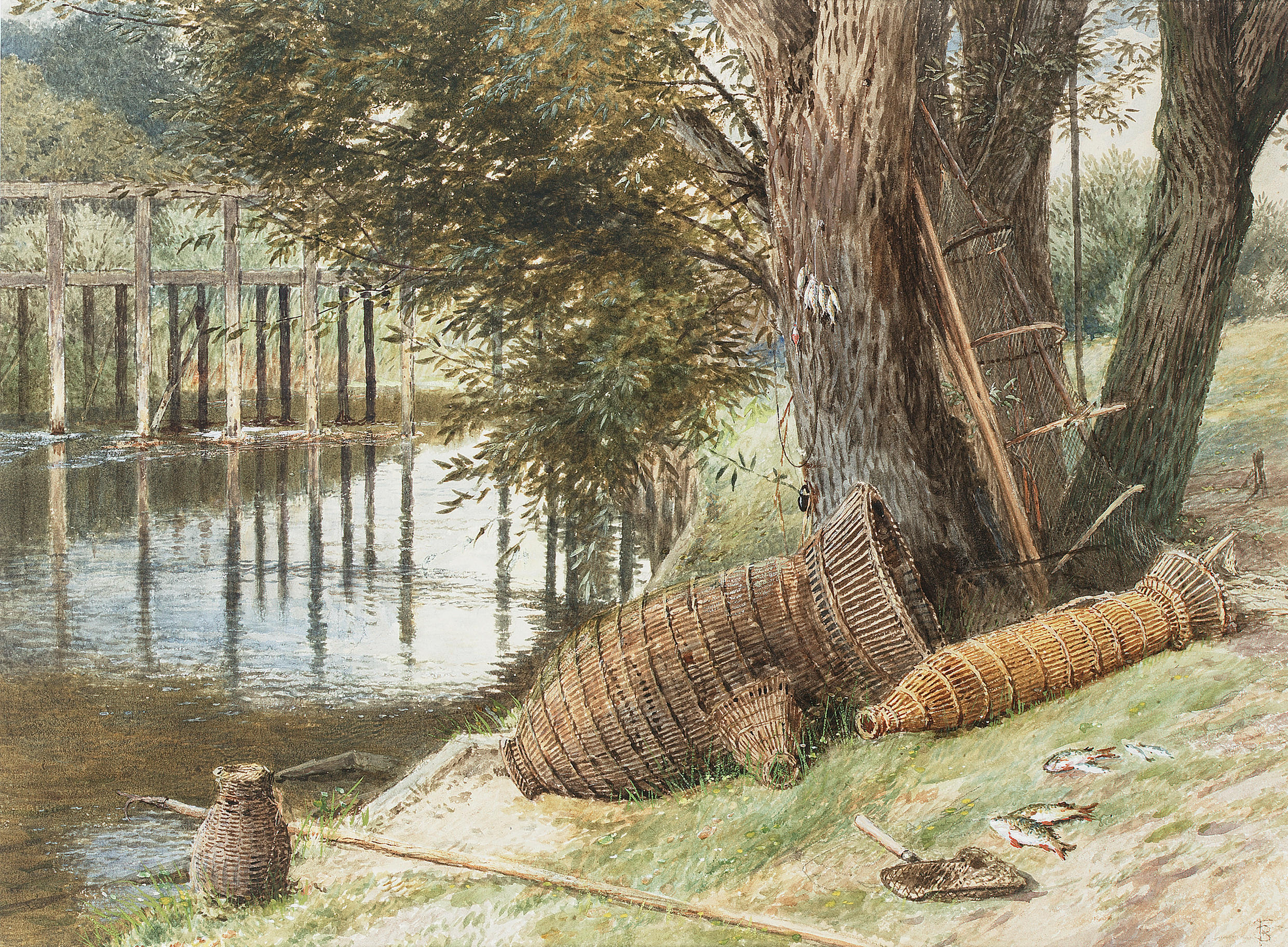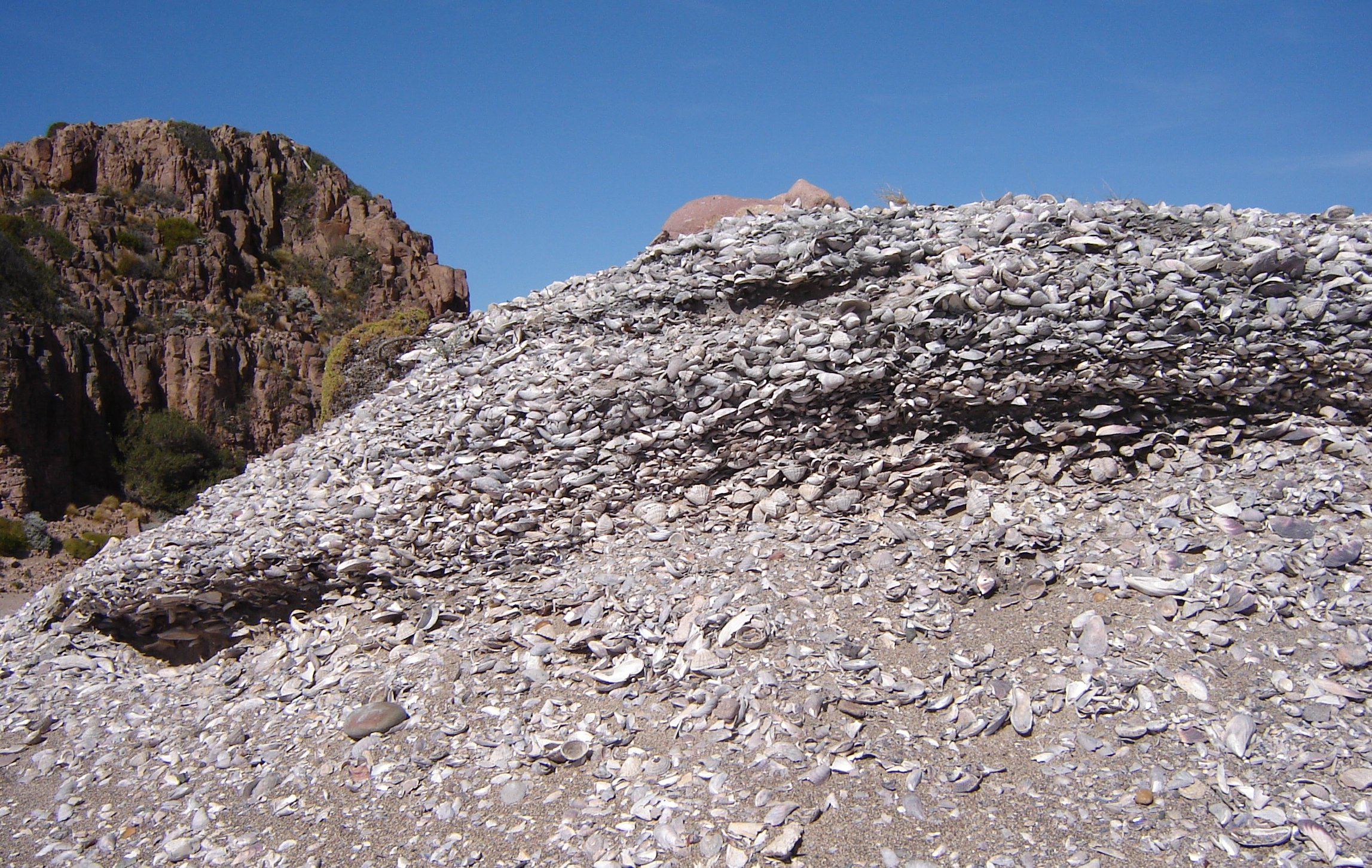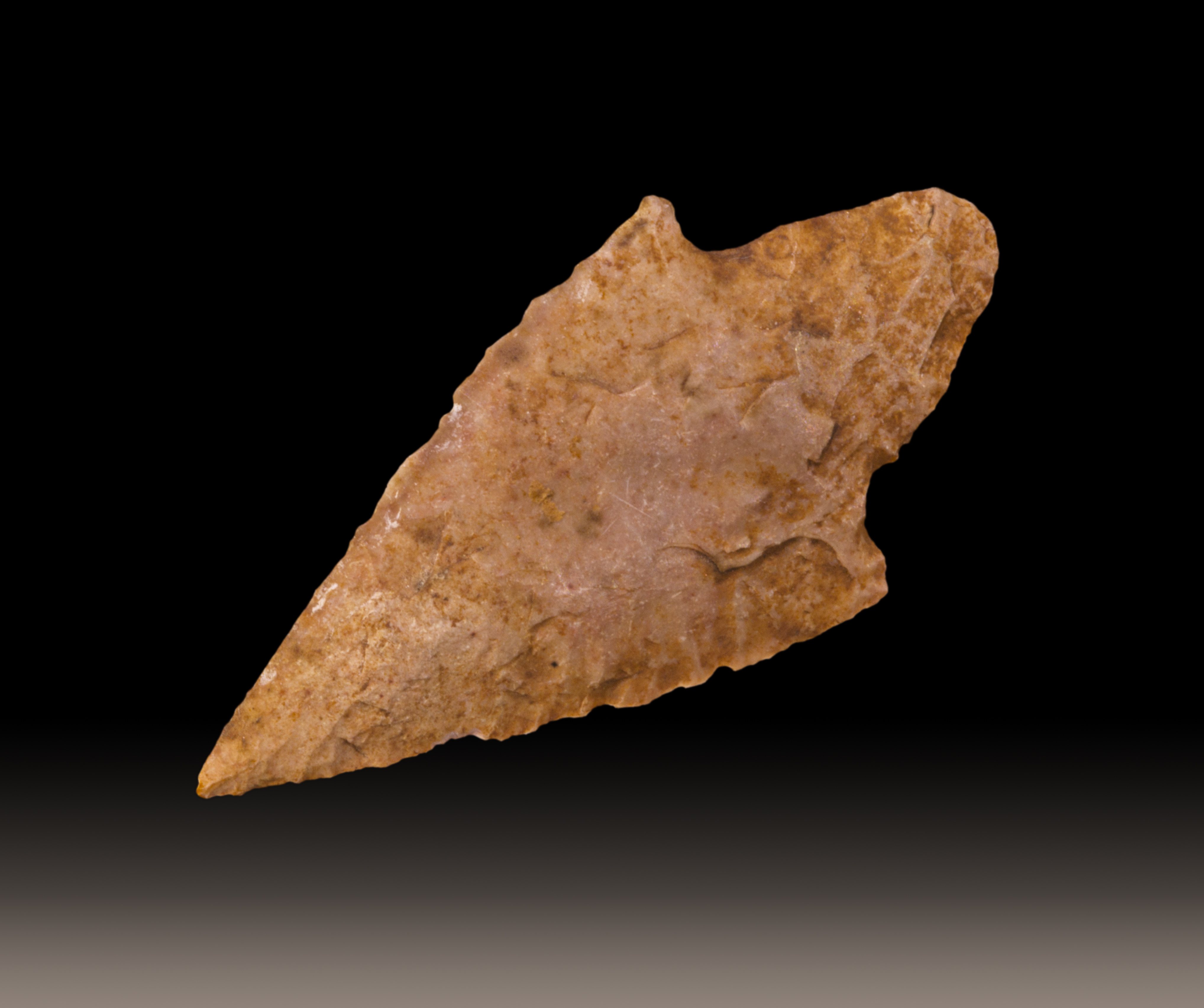|
Traiguén Island
Traiguén Island is an island in the Chonos Archipelago of Chile. The geological formation of Traiguén is named after the island. Various archaeological remnants have been found in the island, including fish traps of stone and arrowheads. There are shell middens in the islands whose basal part has been dated to 1,300 years BP. In August 2023, 264 ha of the shores and coastal waters of the island were transferred to the indigenous community Nahuelquín Delgado to exercise a stewardship over the area. By that point, the community which consists of eight families, had been claiming rights to the area for about 20 years. The majority of the island was purchased from the Chilean military in 2008 by entrepreneur Eduardo Ergas. He is the owner of helicopter charter operator EcoCopter. His hope was to save a rare species of frog described by Charles Darwin. In 2023 he announced his intention to sell to private conservationists. See also * List of islands of Chile This is a list ... [...More Info...] [...Related Items...] OR: [Wikipedia] [Google] [Baidu] |
Chonos Archipelago
The Chonos Archipelago is a series of low, mountainous, elongated islands with deep bays, traces of a submerged Chilean Coast Range. Most of the islands are forested with little or no human settlement. The deep Moraleda Channel separates the islands of the Chonos Archipelago from the mainland of Chile and from Magdalena Island. The largest islands are Melchor Island, Benjamin Island, Traiguén Island, Riveros Island, Cuptana Island, James Island, Victoria Island, Simpson Island, Level Island, Luz Island. Far out in the Pacific is Guamblin Island with the Isla Guamblin National Park. The National park comprises about 106 km2. Blue whales can often be seen here. Some groups of islands are grouped into minor archipelagoes such as the Guaitecas Archipelago. The Guaitecas Archipelago has its own municipality and possesses the only settlement in the archipelago, Melinka. All islands are part of the Aisén Region. Chonos Archipelago was mapped in the 18th and 19th ce ... [...More Info...] [...Related Items...] OR: [Wikipedia] [Google] [Baidu] |
Fish Trap
A fish trap is a animal trapping, trap used for fishing, catching fish and other aquatic animals of value. Fish traps include fishing weirs, lobster trap, cage traps, fish wheels and some fishing net rigs such as fyke nets. The use of traps are culturally almost universal around the world and seem to have been independently invented many times. There are two main types of trap, a permanent or semi-permanent structure placed in a river or tidal area and bottle or pot trap that are usually, but not always baited to attract prey, and are periodically lifted out of the water. A typical contemporary trap consists of a frame of thick steel wire in the shape of a heart, with chicken wire stretched around it. The mesh wraps around the frame and then tapers into the inside of the trap. Fishes that swim inside through this opening cannot get out, as the chicken wire opening bends back into its original narrowness. In earlier times, traps were constructed of wood and fibre. Fish traps con ... [...More Info...] [...Related Items...] OR: [Wikipedia] [Google] [Baidu] |
El Desconcierto
EL, El or el may refer to: Arts and entertainment Fictional entities * El, a character from the manga series ''Shugo Chara!'' by Peach-Pit * Eleven (''Stranger Things'') (El), a fictional character in the TV series ''Stranger Things'' * El, family name of Kal-El (Superman) and his father Jor-El in the Superman dynasty * E.L. Faldt, character in the road comedy film ''Road Trip'' Music * Él Records, an independent record label from the UK founded by Mike Alway * ''Él ''(Lucerito album), a 1982 album by Lucerito * "Él", Spanish song by Rubén Blades from the album '' Caminando'' * "Él" (Lucía song), the Spanish entry performed by Lucía in the Eurovision Song Contest 1982 Other media * ''Él'', 1926 autobiographical novel by Mercedes Pinto * ''Él'' (film), a 1953 film by Luis Buñuel based on the 1926 novel * ''Él'' (visual novel), a 1991 Japanese adult visual novel * EL TV, an Azerbaijani regional television channel Companies and organizations * Estée Lauder Compan ... [...More Info...] [...Related Items...] OR: [Wikipedia] [Google] [Baidu] |
Land Stewardship
Land stewardship has various connotations across the world but the common underlying theme is caring for a piece of land regardless of its ownership taking into consideration ecological, economic, social, and cultural dimensions. Background and Definition A closely connected term is Land ethic coined by American environmentalist, Aldo Leopold. While Land ethic is considered a theoretical and philosophical framework that has its roots in the environmentalism of the United States, Land stewardship as a movement is slowly gaining traction in European countries, most notably in Spain where it even has legal recognition. According to Forest Europe, the concept of Land stewardship was introduced in 2003 by thXarxa de Custòdia del Territori (Catalan Land Stewardship Network) an NGO actively working to promote land stewardship as a conservation strategy in Catalonia. The term has been defined by Xarxa de Custòdia del Territori as “…a conservation strategy that involves a wide ran ... [...More Info...] [...Related Items...] OR: [Wikipedia] [Google] [Baidu] |
Indigenous Community
There is no generally accepted definition of Indigenous peoples, although in the 21st century the focus has been on self-identification, cultural difference from other groups in a state, a special relationship with their traditional territory, and an experience of subjugation and discrimination under a dominant cultural model. Estimates of the population of Indigenous peoples range from 250 million to 600 million. There are some 5,000 distinct Indigenous peoples spread across every inhabited climate zone and inhabited continent of the world. Most Indigenous peoples are in a minority in the state or traditional territory they inhabit and have experienced domination by other groups, especially non-Indigenous peoples. Although many Indigenous peoples have experienced colonization by settlers from European nations, Indigenous identity is not determined by Western colonization. The rights of Indigenous peoples are outlined in national legislation, treaties and international law ... [...More Info...] [...Related Items...] OR: [Wikipedia] [Google] [Baidu] |
Hectare
The hectare (; SI symbol: ha) is a non-SI metric unit of area equal to a square with 100-metre sides (1 hm2), that is, square metres (), and is primarily used in the measurement of land. There are 100 hectares in one square kilometre. An acre is about and one hectare contains about . In 1795, when the metric system was introduced, the ''are'' was defined as 100 square metres, or one square decametre, and the hectare (" hecto-" + "are") was thus 100 ''ares'' or km2 ( square metres). When the metric system was further rationalised in 1960, resulting in the International System of Units (), the ''are'' was not included as a recognised unit. The hectare, however, remains as a non-SI unit accepted for use with the SI and whose use is "expected to continue indefinitely". Though the dekare/decare daa () and are (100 m2) are not officially "accepted for use", they are still used in some contexts. Description The hectare (), although not a unit of SI, is ... [...More Info...] [...Related Items...] OR: [Wikipedia] [Google] [Baidu] |
Magallania
''Magallania'' is an academic journal published by the University of Magallanes. It focuses on articles in the fields of social sciences and humanities related to Patagonia, Tierra del Fuego, and Antarctica Antarctica () is Earth's southernmost and least-populated continent. Situated almost entirely south of the Antarctic Circle and surrounded by the Southern Ocean (also known as the Antarctic Ocean), it contains the geographic South Pole. .... The journal was initially published annually from its establishment in 1970 until 2005 when it transitioned to being issued twice a year. Spanish-language journals Biannual journals Academic journals published by universities of Chile University of Magallanes Academic journals established in 1970 1970 establishments in Chile Latin American studies journals Open access journals {{area-journal-stub ... [...More Info...] [...Related Items...] OR: [Wikipedia] [Google] [Baidu] |
Years BP
Before Present (BP) or "years before present (YBP)" is a time scale used mainly in archaeology, geology, and other scientific disciplines to specify when events occurred relative to the origin of practical radiocarbon dating in the 1950s. Because the "present" time changes, standard practice is to use 1January 1950 as the commencement date (epoch) of the age scale, with 1950 being labelled as the "standard year". The abbreviation "BP" has been interpreted retrospectively as "Before Physics", which refers to the time before nuclear weapons testing artificially altered the proportion of the carbon isotopes in the atmosphere, which scientists must account for when using radiocarbon dating for dates of origin that may fall after this year. In a convention that is not always observed, many sources restrict the use of BP dates to those produced with radiocarbon dating; the alternative notation "RCYBP" stands for the explicit "radio carbon years before present". Usage The BP scale is so ... [...More Info...] [...Related Items...] OR: [Wikipedia] [Google] [Baidu] |
Shell Midden
A midden is an old landfill, dump for domestic waste. It may consist of animal bone, bones, feces, human excrement, botanical material, mollusc shells, potsherds, Lithic flake, lithics (especially debitage), and other Artifact (archaeology), artifacts and ecofacts associated with past human occupation. These Feature (archaeology), features provide a useful resource for archaeologists who wish to study the diet (nutrition), diets and habits of past societies. Middens with damp, Hypoxia (environmental), anaerobic conditions can even preserve Organic material, organic remains in deposits as the debris of daily life are tossed on the pile. Each individual toss will contribute a different mix of materials depending upon the activity associated with that particular toss. During the course of deposition sedimentary material is deposited as well. Different mechanisms, from wind and water to animal digs, create a matrix which can also be analysed to provide seasonal and climatic inform ... [...More Info...] [...Related Items...] OR: [Wikipedia] [Google] [Baidu] |
Arrowhead
An arrowhead or point is the usually sharpened and hardened tip of an arrow, which contributes a majority of the projectile mass and is responsible for impacting and penetrating a target, or sometimes for special purposes such as signaling. The earliest arrowheads were made of stone and of organic materials; as human civilizations progressed, other alloy materials were used. Arrowheads are important archaeological artifacts; they are a subclass of projectile points. Modern enthusiasts still "produce over one million brand-new spear and arrow points per year". A craftsman who manufactures arrowheads is called an arrowsmith. History In the Stone Age, people used sharpened bone, flintknapped stones, flakes, and chips and bits of rock as weapons and tools. Such items remained in use throughout human civilization, with new materials used as time passed. As archaeological artifacts such objects are classed as projectile points, without specifying whether they were ... [...More Info...] [...Related Items...] OR: [Wikipedia] [Google] [Baidu] |
Traiguén Formation
Traiguén Formation () is a volcano-sedimentary formation of Miocene age, located in the archipelagoes of Aysén Region of western Patagonia. Geology The volcanic and sedimentary rocks were deposited in a marine environment. Neither the base nor the top of the formation is known. Copious dykes of basic composition and aphanitic texture intrude the formation. At some locations Miocene plutons of the North Patagonian Batholith intrude the Traiguén Formation. The intruded plutons are of varied composition including gabbro and granodiorite Granodiorite ( ) is a coarse-grained (phaneritic) intrusive igneous rock similar to granite, but containing more plagioclase feldspar than orthoclase feldspar. The term banatite is sometimes used informally for various rocks ranging from gra .... See also * * References {{DEFAULTSORT:Traiguen Formation Geologic formations of Chile Miocene Series of South America Neogene Chile Tuff formations of Chile Geology of Ays ... [...More Info...] [...Related Items...] OR: [Wikipedia] [Google] [Baidu] |
Pacific Ocean
The Pacific Ocean is the largest and deepest of Earth's five Borders of the oceans, oceanic divisions. It extends from the Arctic Ocean in the north to the Southern Ocean, or, depending on the definition, to Antarctica in the south, and is bounded by the continents of Asia and Australia in the west and the Americas in the east. At in area (as defined with a southern Antarctic border), the Pacific Ocean is the largest division of the World Ocean and the hydrosphere and covers approximately 46% of Earth's water surface and about 32% of the planet's total surface area, larger than its entire land area ().Pacific Ocean . ''Encyclopædia Britannica, Britannica Concise.'' 2008: Encyclopædia Britannica, Inc. The centers of both the Land and water hemispheres, water hemisphere and the Western Hemisphere, as well as the Pole of inaccessi ... [...More Info...] [...Related Items...] OR: [Wikipedia] [Google] [Baidu] |



